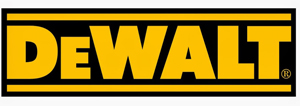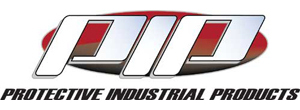Every year, dozens of workers die and thousands more become ill while working in hot or humid conditions. July is Extreme Heat (Awareness) Month. Since there are now more days of over 100 degree heat, it is important that everyone knows how to stay safe in the heat.
The OSHA Heat Illness Prevention campaign educates employers and workers on the dangers of working in the heat and the proper precautions that should be taken.
Under the OSH Act, employers are responsible for providing workplaces free of known safety and health hazards, which includes protecting workers from heat-related hazards. All workers, and especially supervisors, must easily recognize the conditions of a “hot” job and provide heat-stress training on worker risk, prevention, symptoms, monitoring, treatment and personal protective equipment.
A “hot” work site is defined by the U.S. Department of Labor by several factors, including high air temperatures, high surface temperatures, high humidity and low air movement.
The goal must always be to keep workers’ body core temperatures from rising above 100 degrees Fahrenheit.
Below are ways to keep workers (or anyone) safe in the heat.
• Create a Heat Illness Prevention Plan
Employers with workers exposed to high temperatures should create a written heat-prevention plan to prevent heat illness. The plan should include who will provide daily oversight, how workers can develop gradual heat tolerance, how the employer can determine if first aid is adequate, what methods should be utilized to reduce heat stress (and how heat stress will be measured), how to determine whether the heat stress needs medical attention, and what training will be provided.
• Provide training
Employers should provide training to workers and supervisors so everyone understands the risks of heat exposure, ways to prevent heat illness and first aid. Important topics include recognizing signs and symptoms of heat illness, procedures for contacting emergency services, fluid replacement guidelines and mandatory rest breaks in areas that are cooler than the jobsite.
• Supervise heat conditions daily
An individual with proper training should be responsible for monitoring conditions and temperatures.
Proper training includes knowing:
• How to identify and control heat hazards
• Recognize early symptoms of heat stress
• Administer first aid for heat-related illness
• Contact emergency medical services when necessary.
Additional heat safety-related information can be found and obtained on OSHA’s website: https://www.osha.gov/heat/employer-responsibility.



